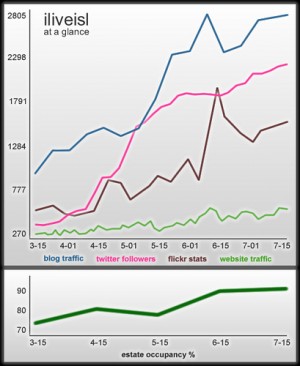 Operating a blog is not as easy as some people think. The common belief is that a blog’s success will just happen just as long as you chug along writing articles. But that is not the case; building traffic to your blog takes a lot of work. And traffic is VERY IMPORTANT. It can make or break your blog.
Operating a blog is not as easy as some people think. The common belief is that a blog’s success will just happen just as long as you chug along writing articles. But that is not the case; building traffic to your blog takes a lot of work. And traffic is VERY IMPORTANT. It can make or break your blog.
One of the best ways of create blog traffic is taking care of content obviously. You should ensure that the content you push from your blog is exciting and will entice your readers to actually read it. You should take the time to think up of interesting topics for your blog and then do enough research so that when you write your article what you have is an article with a lot of value added to it. At the very least, you should release one great article a week on your blog. If a weekly commitment is too tough, then one article every fifteen days is sufficient. This doesn’t mean that you should only publish these great articles on your blog. A blog that will only publish two to four articles a month (even if it is killer content) is too few. It may work, but chances are it really won’t be sufficient. The better schedule is to have regular content that you publish daily and then have that one killer content once a week or every fifteen days. It’s the perfect mix of content that will ensure readers will go back and have new content to read every day.


Agreed, killer content will attract visitors to the blog and encourage them to subscribe or become regular visitors. Valuable and helpful content I feel works really well for new blogs, if a blog is a really helpful resource for something I am interested in, there is a good chance I will subscribe or visit again.
With regards to how often you post, I think that one every two weeks at the very minimum is recommended. However more should be written if possible. Viper Chill is a site that is pretty good at this, almost creating a buzz before the next blog post release. However, he likely put in lots of work during the early phases of the project.